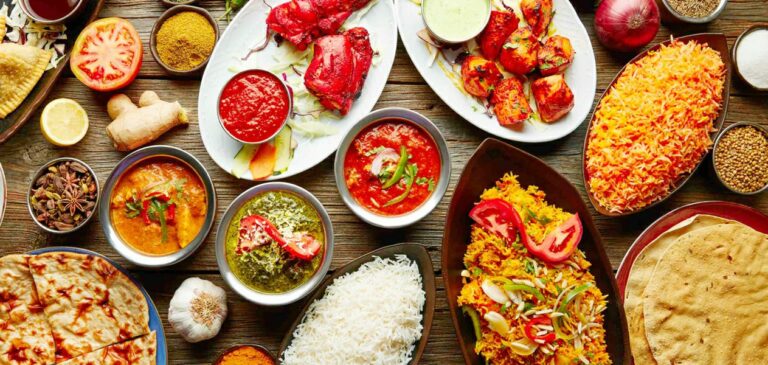Legumes and Spices in Egyptian Cuisine
Egyptian cuisine has a unique flavor profile that can be attributed to the use of legumes and spices. The country’s cuisine is known for its combination of savory and sweet flavors, which are enhanced by the addition of spices like cumin, coriander, and cinnamon, and the use of legumes like fava beans, lentils, and chickpeas. These ingredients are used in various traditional dishes, such as ful medames, koshari, and molokhia, which are popular among locals and tourists alike.
History of Legumes and Spices in Egypt
The use of legumes and spices in Egyptian cuisine can be traced back to ancient times. Archaeological evidence suggests that Egyptians used herbs and spices for medicinal and culinary purposes as early as 3000 BCE. The use of legumes in Egyptian cuisine can also be traced back to ancient times, with fava beans being a staple in the diet of the ancient Egyptians. Over time, the use of legumes and spices evolved and became an integral part of Egyptian cuisine as we know it today.
Nutritional Benefits of Legumes in Egyptian Dishes
Legumes are an essential ingredient in Egyptian dishes, not only for their taste but also for their nutritional benefits. Legumes are a great source of protein, fiber, and vitamins, making them an important part of a balanced diet. They are also low in fat, making them an ideal ingredient for vegetarian and vegan dishes. In Egyptian cuisine, legumes are often used as a meat substitute, providing a protein-rich alternative to meat-based dishes.
Common Legumes Used in Egyptian Cooking
Some of the most common legumes used in Egyptian cuisine include fava beans, lentils, chickpeas, and black-eyed peas. Fava beans are used in dishes like ful medames, which is a popular breakfast dish in Egypt. Lentils are used in stews and soups like shorba, while chickpeas are used in dishes like hummus and falafel. Black-eyed peas are used in porridges and stews like kushari.
Popular Spices in Egyptian Cuisine
The use of spices is an integral part of Egyptian cuisine, with cumin, coriander, and cinnamon being some of the most commonly used spices. Other popular spices include paprika, turmeric, and cardamom. These spices add depth and complexity to dishes, enhancing the flavors of the ingredients and adding a unique twist to traditional dishes.
Importance of Spices in Egyptian Cooking
Spices are an important part of Egyptian cooking, not only for their flavor but also for their health benefits. Many spices have antioxidant and anti-inflammatory properties, making them a great addition to a healthy diet. In Egyptian cuisine, spices are used to balance the flavors of the ingredients, creating a harmonious blend of flavors that is unique to the country’s cuisine.
How Spices and Legumes are Used in Traditional Dishes
Spices and legumes are used in various ways in traditional Egyptian dishes. For example, in ful medames, fava beans are cooked with spices like cumin and garlic, creating a flavorful and nutritious dish. In koshari, lentils and chickpeas are combined with rice and pasta, and then topped with a spicy tomato sauce. In molokhia, a traditional stew made with molokhia leaves, spices like coriander and cumin are used to enhance the flavor of the dish.
Traditional Egyptian Dishes with Spices and Legumes
Some of the most popular traditional Egyptian dishes that feature spices and legumes include ful medames, koshari, and molokhia. Ful medames is a breakfast dish made with fava beans, garlic, and cumin, and is typically eaten with pita bread. Koshari is a hearty dish made with lentils, chickpeas, rice, and pasta, topped with a spicy tomato sauce. Molokhia is a stew made with molokhia leaves, chicken or beef, and spices like coriander and cumin. These dishes are just a few examples of the delicious and nutritious dishes that can be found in Egyptian cuisine.

